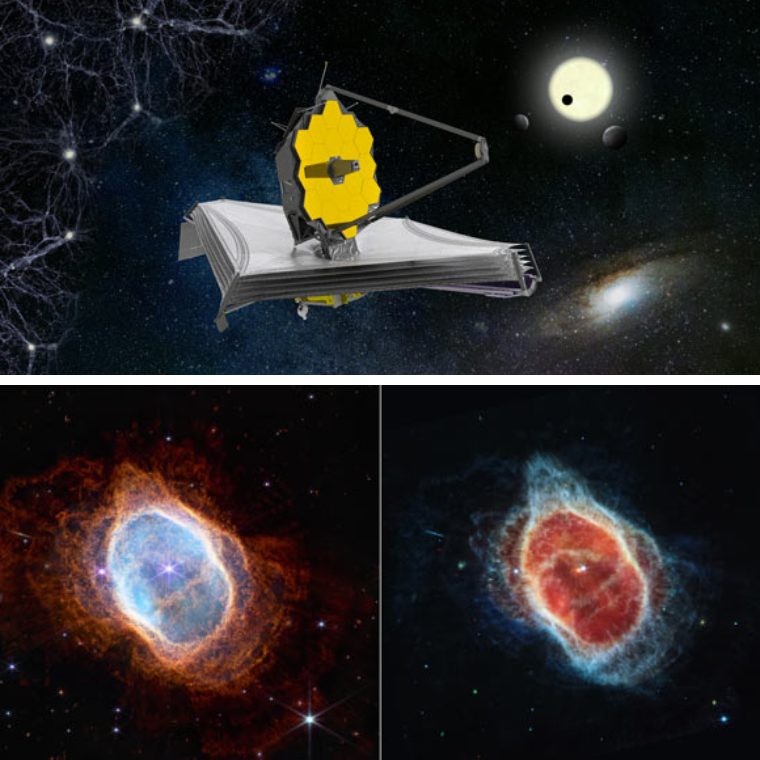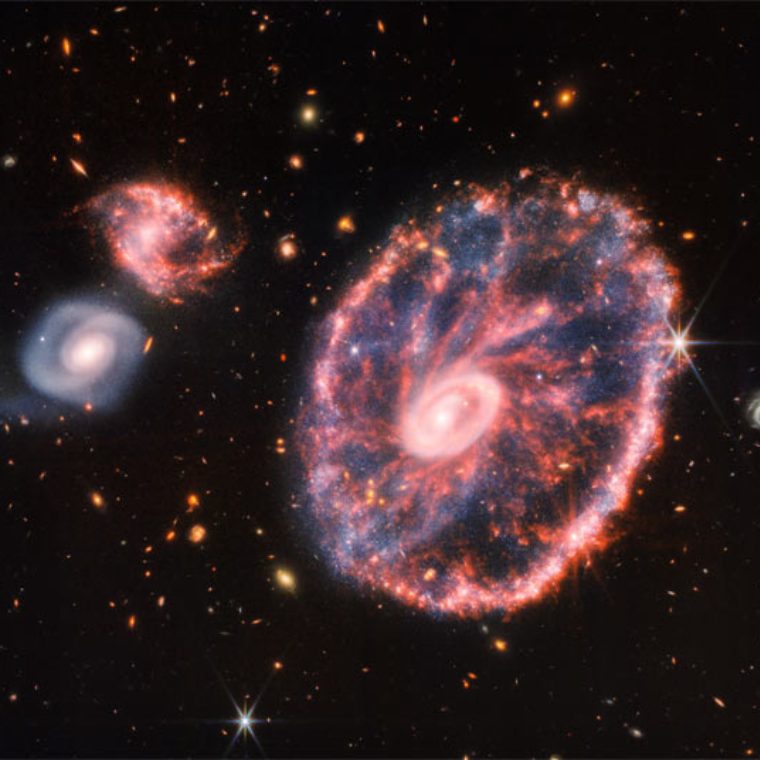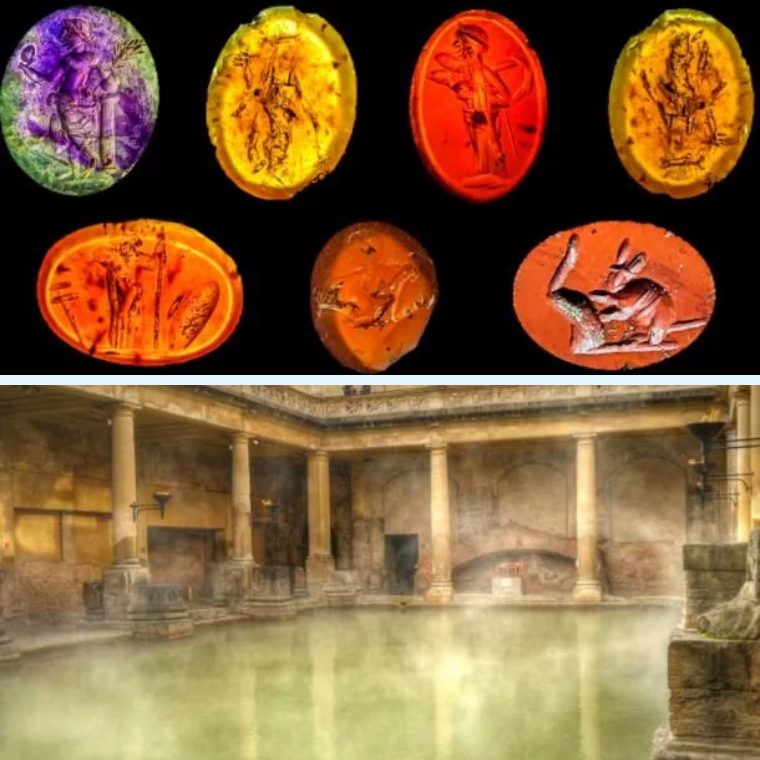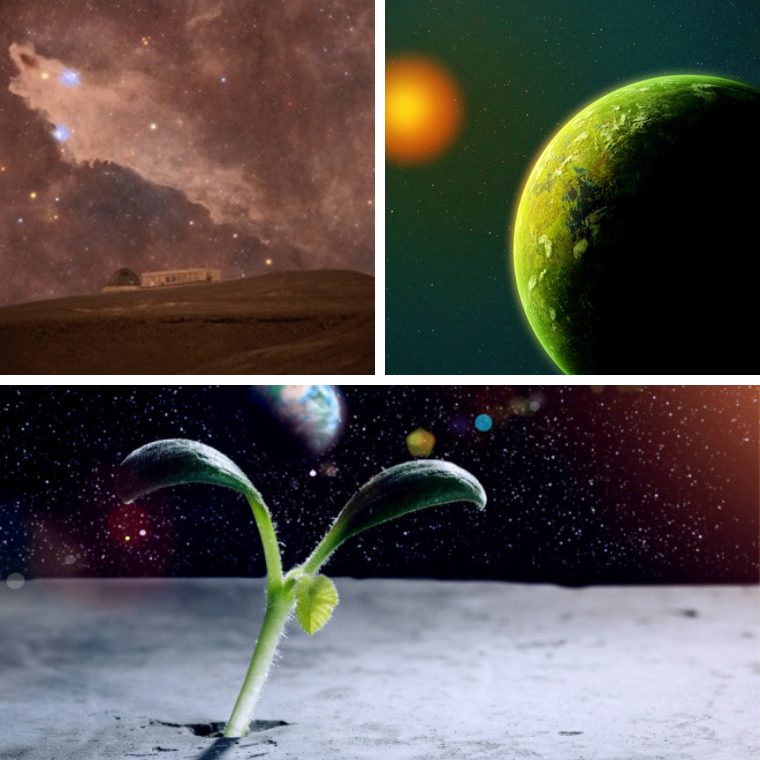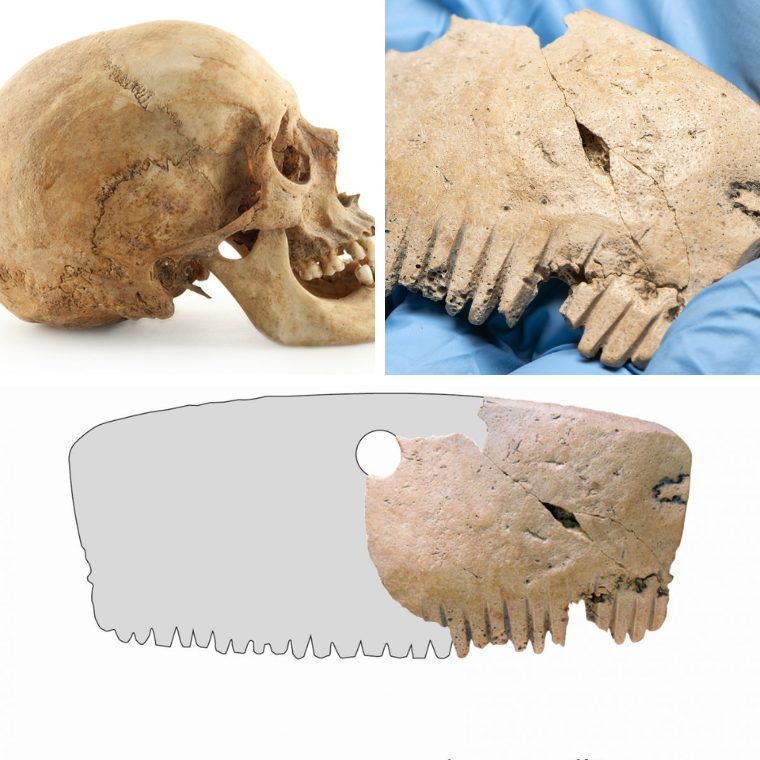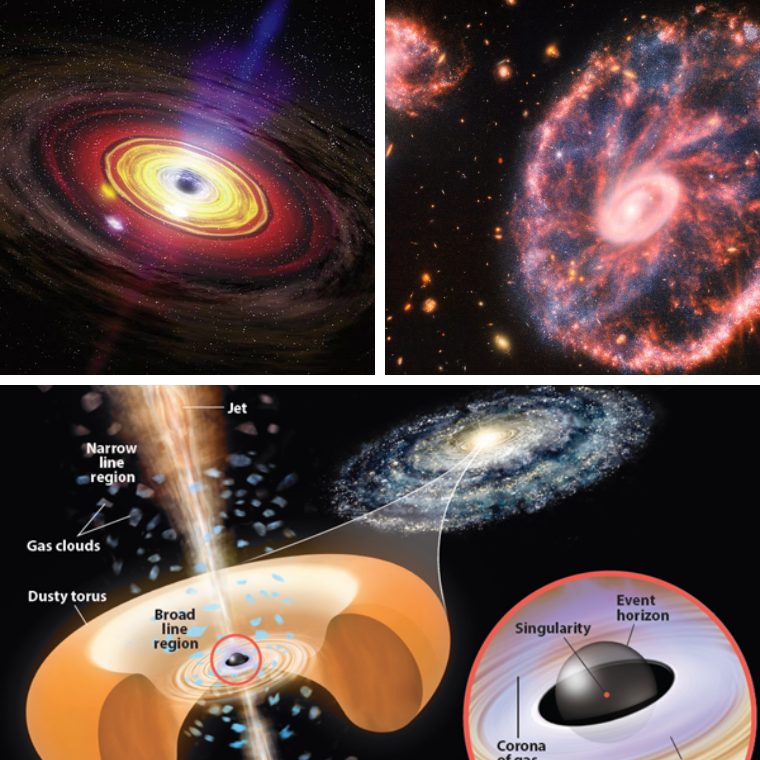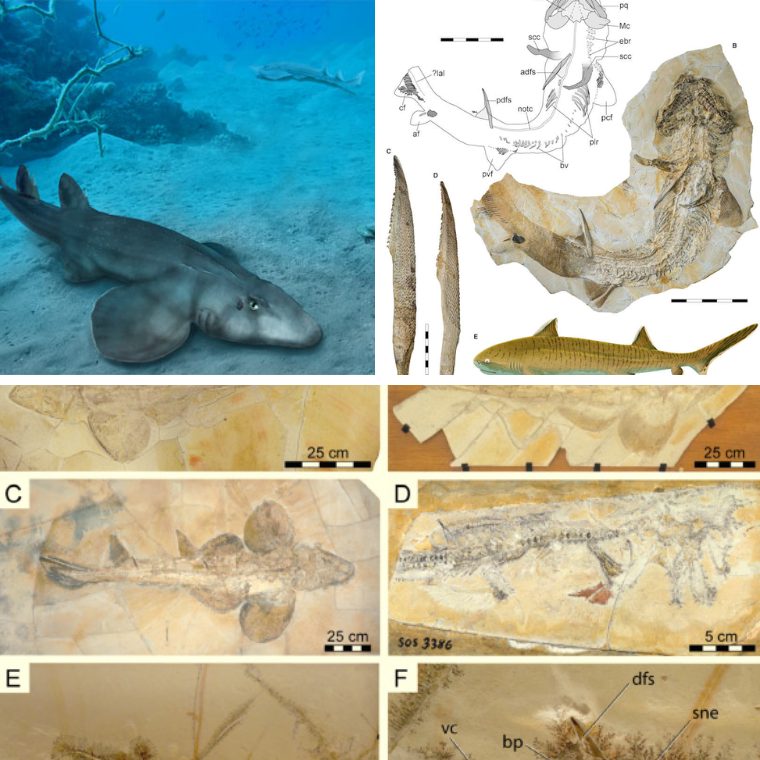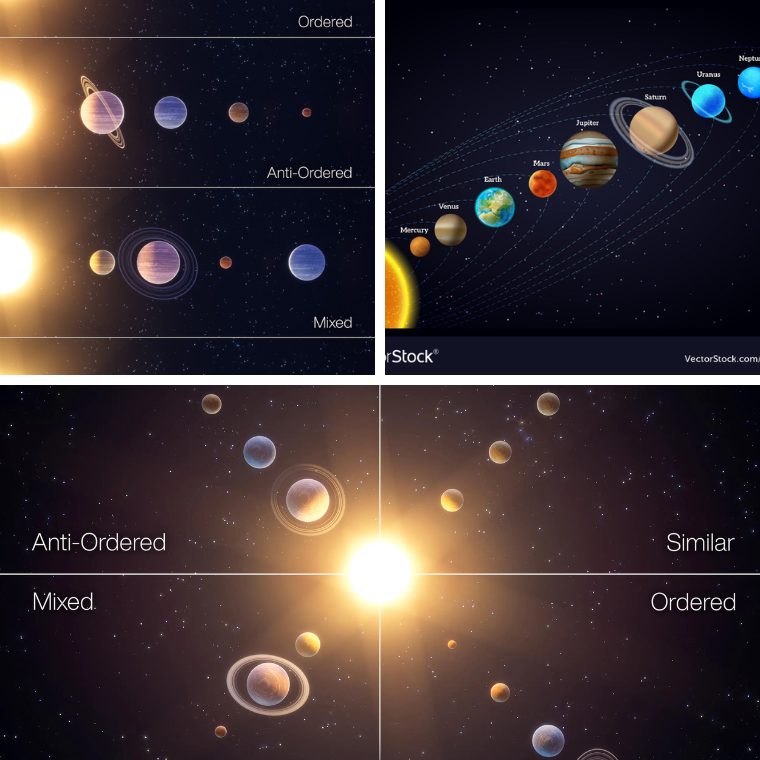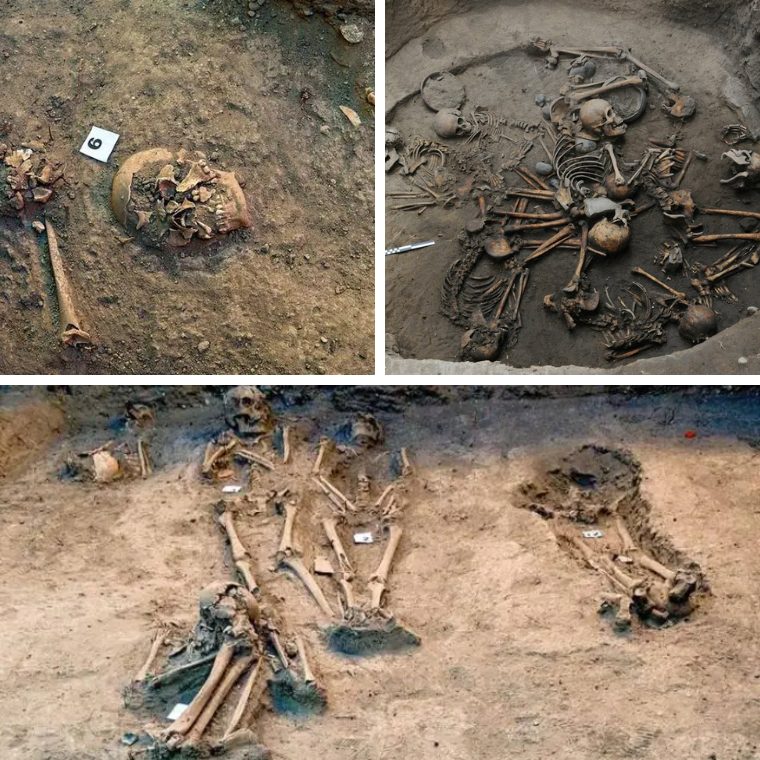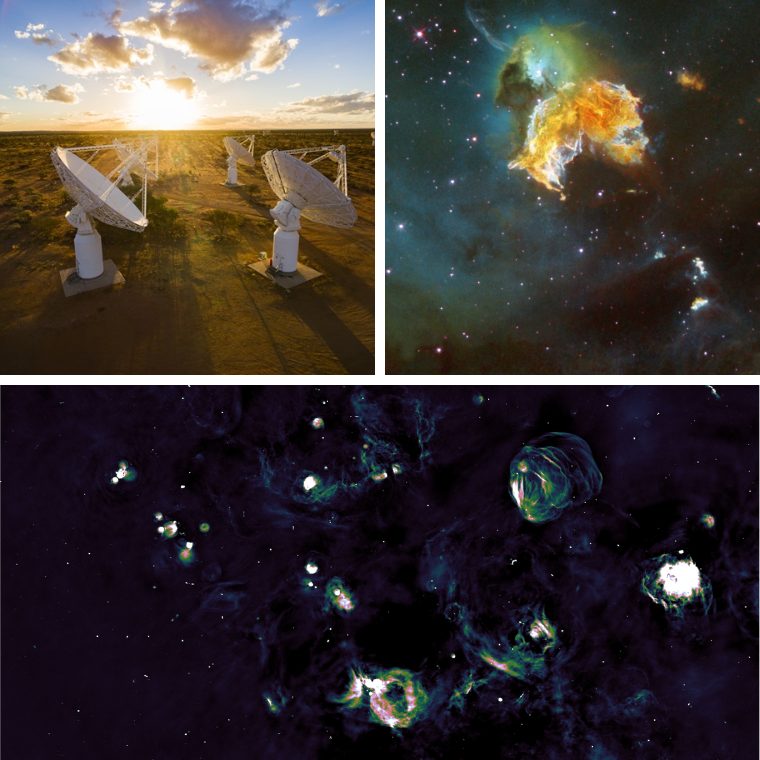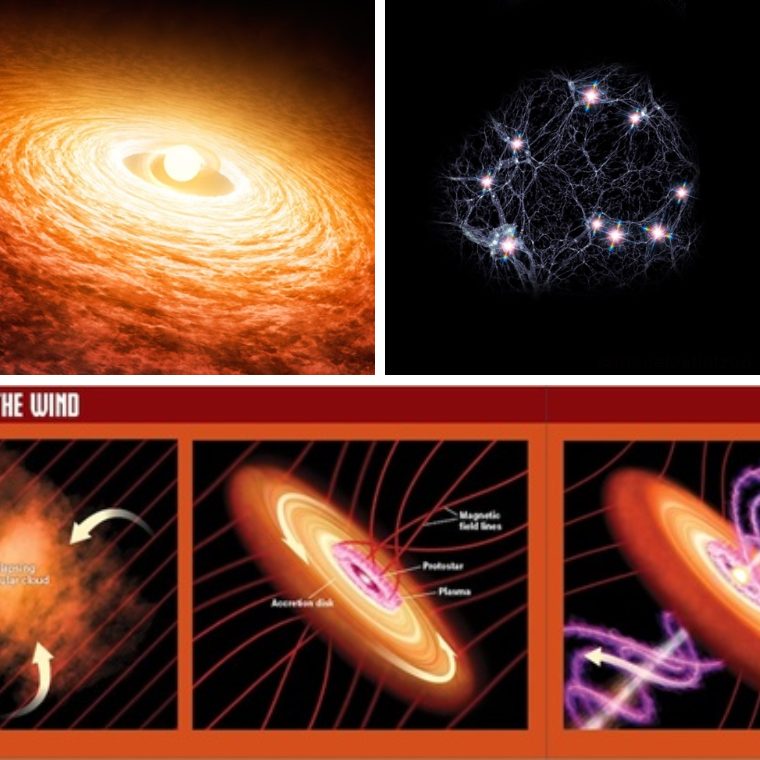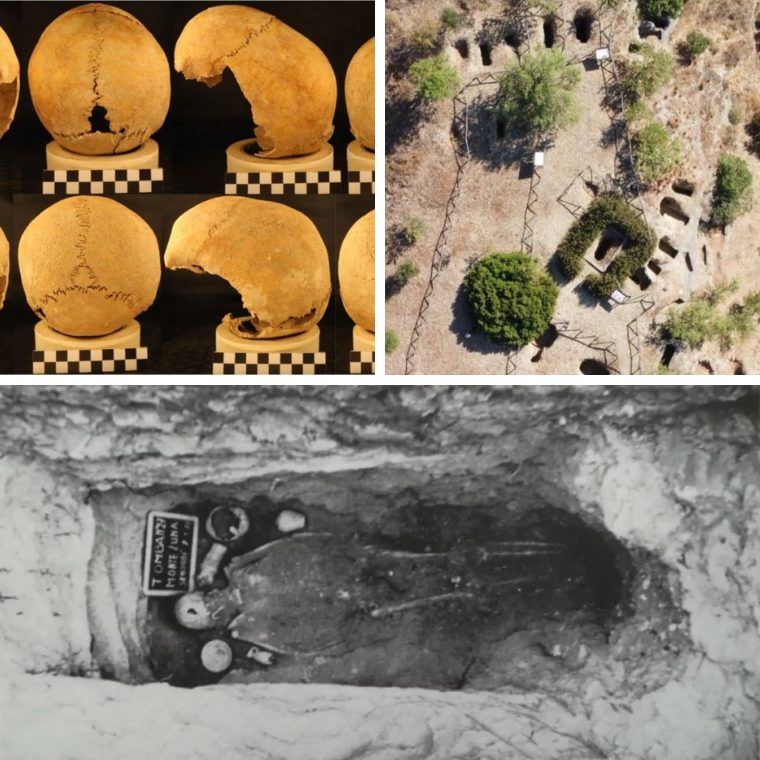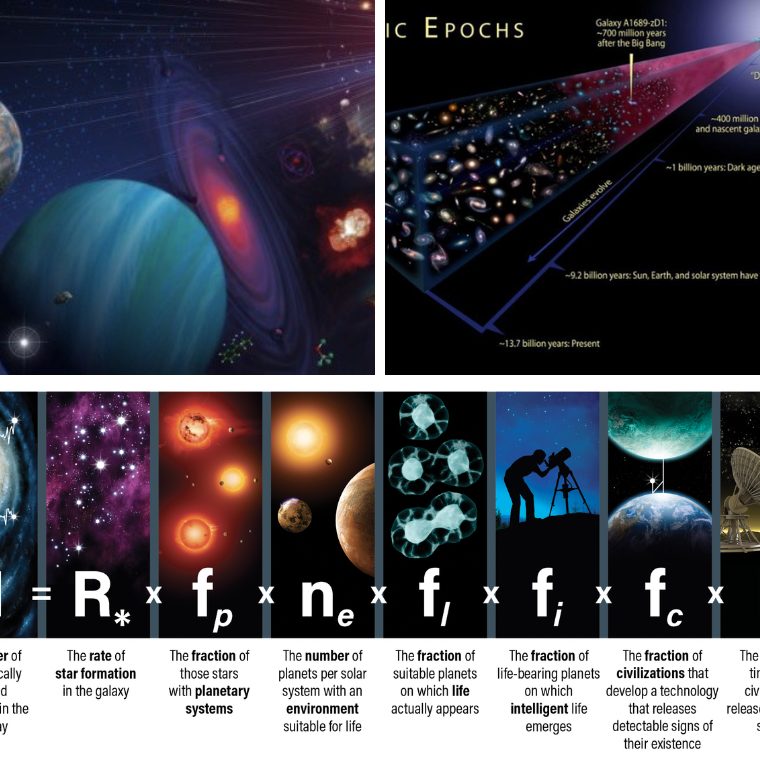For millennia, a hydrogen fog permeated the universe, trapping light. This snapshot from the Illustris cosmological computer simulation shows a massive galaxy cluster at the center, intertwined with threads of dark matter (blue) and gas (orange). The dark ages are when astronomers believe the tiny perturbations visible in the cosmic microwave background transformed into the large-scale structures that we see throughout the universe today. The early universe was a place of extremes. It was inconceivably small and scorching, with all the energy and matter there would ever be crammed into a tiny space a billion times hotter than the center…
Author: s s
Bohemian and Cedar Waxwings look very similar and are more likely to intermingle in the colder months. Here’s how to tell them apart. When you hear a chorus of high-pitched see! notes overhead, expect a good time: A rambunctious flock of waxwings is on its way. Highly social birds that appear to have no sense of personal space, North America’s two waxwing species—Bohemian and Cedar—also look very similar. Telling these elegant birds apart makes for an excellent ID challenge. During the breeding season, location can provide an initial gut check. Cedar Waxwings are predominant throughout the northern continental United States and southern Canada,…
The offspring of a scarlet tanager and rose-breasted grosbeak—distantly related birds whose evolutionary paths diverged 10 million years ago—was recently found in Pennsylvania. A birder named Stephen Gosser recently took a stroll through the woods in Lawrence County, Pennsylvania, when he heard what he thought was a scarlet tanager. These colorful songbirds are famously difficult to spot, so Gosser followed the sound of the bird’s cheerful “chick-burr” call to try to get a good look at it. When the bird finally came into view, Gosser could tell it wasn’t a scarlet tanager. The bird did not have the brilliant red body…
The NASA/ESA/CSA James Webb Space Telescope mission today released its first full-color scientific images and spectroscopic data. Webb, a major space observatory often presented as the successor to the very successful NASA/ESA Hubble Space Telescope, is designed to answer fundamental questions about the Universe. It honors NASA’s second administrator, James E. Webb, who headed the agency during part of the Apollo era, from February 1961 to October 1968. With 100 times more sensitivity than Hubble, the telescope can detect infrared light generated by galaxies as they formed more than 13.5 billion years ago, in the aftermath of the Big Bang. It will…
Using two instruments aboard the NASA/ESA/CSA James Webb Space Telescope, astronomers have produced detailed images of the Cartwheel Galaxy and its two smaller companions. This image of the Cartwheel Galaxy and its companion galaxies is a composite from Webb’s NIRCam and MIRI instrument. Image credit: NASA / ESA / CSA / STScI / Webb ERO Production Team. The Cartwheel Galaxy is a lenticular galaxy located 500 million light-years away in the constellation of Sculptor. Otherwise known as ESO 350-40, IRAS 00352-3359 or LEDA 2248, it has a diameter of 150,000 light-years and a mass of about 3 billion solar masses. Along with the two companion…
Archeologists in Carlisle, England, discovered a treasure trove at the bottom of the drain system of an ancient Roman bathhouse near Hadrian’s Wall. Approximately 30 intricately carved semiprecious stones were discovered. The stones, known as intaglios, had slipped down the drains of the pools and saunas two millennia ago. Around 5,000 years ago, the tradition of carving intaglios began in Mesopotamia. They were frequently used to “sign” documents by pressing them into soft clay. Intaglios spread throughout the ancient world over millennia, eventually becoming fashionable items for the wealthy. According to Cicero, a Roman statesman, and author, some Romans wore portraits of…
New research suggests a tough bacteria called D. radiodurans could long withstand harsh martian radiation in a state of stasis under the surface. If and when humans venture to Mars, they will need to consider how the microbes they bring with them might set up shop on the Red Planet. It’s not the freezing cold or lack of water that fundamentally limits life on Mars; it’s the radiation. While many bacteria have no problem reviving themselves after enduring centuries or even millennia as freeze-dried microbial mummies, radiation damage adds up over time. However, new results published Oct. 31 in the journal Astrobiology show that when freeze-dried…
In the search for life on other Earths, astrobiologists should look for signs of photosynthesis, say scientists. Exoplanet hunting is evolving from a science searching for exotic new worlds into one that is attempting to better understand these planets and to characterize them. Astrobiologists are especially interested in worlds that might support life. One important characteristic is the existence of liquid water, which is essential for life on Earth. So astrobiologists have focused on finding other Earths in the region around stars where liquid water might exist, the so-called habitable zone. And they have found dozens of candidates, with many…
While sorting through some 280,000 artifacts excavated from land reserved for a highway construction project running from Cambridge to the village of Huntingdon in eastern England, archaeologists affiliated with the Museum of London Archaeology (MOLA) discovered a miniature comb that was incredibly ancient and also made from a most unusual material. Now dated to Britain’s Iron Age (750 BC to 43 AD), the two-inch (five-centimeter) comb was carved out of a fragment of a human skull, which may have belonged to a respected elder or perhaps a dead ancestor of the comb’s owner. It looks Like a Comb, but Was it? This unusual and…
We know that the ancient world is now very colorful. But these colors weren’t just limited to robes and other clothing, statues and buildings also offered an astonishing palette. Roman Britain was a place of vibrant color even in the far north. Pliny the Elder mentioned the orange, red, and purple clothes worn by priests and priestesses in addition to the deep red robes of the Roman legions, while popular dyes used in the Roman world included madder, kermes, weld, woad, saffron, and lichen purple. However, these colors were not limited to robes and other clothes; sculptures and buildings also…
Most meteor showers are associated with comets, but asteroid-driven showers might be more common than previously thought. Every day, thousands of small rocks — dust grain- to pebble-sized — cross paths with Earth’s atmosphere and burn up. More organized collisions, known as meteor showers, are visible to us when the planet passes through whole clouds of rocky debris. These fragments were long thought to come strictly from comets whose crusts had been heated by the Sun and cracked open. But early in 2019, NASA’s OSIRIS-Rex spacecraft (short for Origins, Spectral Interpretation, Resource Identification, and Security-Regolith Explorer) captured images from the near-Earth asteroid Bennu that…
A new theory explains the mysterious explosion in Siberia, scientists say, suggesting Earth barely escaped a far greater catastrophe. In the early morning of June 30, 1908, a massive explosion flattened entire forests in a remote region of Eastern Siberia along the Tunguska River. Curiously, the explosion left no crater, creating a mystery that has puzzled scientists ever since — what could have caused such a huge blast without leaving any remnants of itself? Now Daniil Khrennikov at the Siberian Federal University in Russia and colleagues have published a new model of the incident that may finally resolve the mystery.…
The front of one gold earring in the Byzantine style that a metal detectorist found in Germany. A trainee metal detectorist in northern Germany recently hit on something his mentor never expected: an 800-year-old hoard of gold jewelry and silver coins that hints at the area’s trade connections. The large hoard contained a dazzling collection of artifacts. “The hoard consisted of two very high-quality gold earrings set with semi-precious stones, a gilded pseudo-coin brooch, two gilded stone-studded finger rings, a ring fragment, a small formerly gilded perforated disc, a ring brooch, and about 30 silver coins, some of them heavily…
Nitrous oxide (also known as laughing gas) — a product of microbial nitrogen metabolism — is a compelling exoplanet biosignature gas with distinctive spectral features in the near- and mid-infrared regions of the electromagnetic spectrum. Schwieterman et al. conducted a systematic photochemical and spectral investigation of nitrous oxide as an exoplanet biosignature and place upper limits on the nitrous oxide abundances and detectability from a productive biosphere. Image credit: Sci.News. One of the most compelling drivers of exoplanet science is the search for inhabited planets like Earth, which may be identified through remote biosignatures — chemical compounds in a planet’s…
Inside all huge galaxies lies a supermassive black hole. Some are shining brightly, while others are barely visible — but all of them can teach us something about how galaxies evolve. Centaurus A is a nearby active galaxy. It is a Seyfert galaxy: Its center hosts an actively feeding supermassive black hole, but that region’s light is not bright enough to drown out the galaxy around it. In a galaxy like the Milky Way, light comes entirely from a combination of shining stars and glowing gas. However, in an active galaxy, the energy output is too high to attribute to…
Paleontologists from the University of Vienna and elsewhere have revised a controversial species of the elasmobranch Protospinax annectans based on new specimens from the Late Jurassic Konservat-Lagerstätte of the Solnhofen Archipelago in Bavaria, Germany. Environmental reconstruction of the Solnhofen Archipelago, showing Protospinax annectans in association with the Late Jurassic ray Asterodermus platypterus. Image credit: Jambura et al., doi: 10.3390/d15030311. “The fossil record of sharks and rays (Elasmobranchii) mainly consists of isolated teeth, which are rapidly grown and continuously replaced,” said Dr. Patrick Jambura, a researcher in the Department of Palaeontology at the University of Vienna, and colleagues. “By contrast, skeletal remains are rare due to the…
A small near-Earth asteroid designated 2023 BU made its closest approach on January 26, 2023 at 7:29 p.m. EST (4:29 p.m. PST, or January 27, 2023 at 00:29 UT) only 3,600 km (2,200 miles) over the southern tip of South America. This is an artist’s impression of a rocky and water-rich asteroid being torn apart by the strong gravity of the white dwarf star GD 61. Image credit: Mark A. Garlick, Space-art.co.uk / University of Warwick / University of Cambridge. 2023 BU is a near-Earth asteroid with a diameter less than 8 m and an orbital period of 1.16 years. It…
Dr. Lokesh Mishra and his colleagues from the University of Bern and Geneva Observatory propose that the space of planetary system architectures be partitioned into four classes: similar, mixed, anti-ordered, and ordered. “More than a decade ago, astronomers noticed, based on observations with NASA’s Kepler space telescope, that planets in other systems usually resemble their respective neighbors in size and mass — like peas in a pod,” Dr. Mishra said. “But for a long time it was unclear whether this finding was due to limitations of observational methods.” “It was not possible to determine whether the planets in any individual…
Cemetery Found in Mexico City Reflects Changing Burial Customs INAH experts recovered the skeletal remains of 21 individuals during the construction of the so-called “Pavellón Escénico“, in Chapultepec Park, Mexico City. A cemetery from the early viceregal period (1521-1620 AD) was found in the area where the Chapultepec Forest Garden and “Pabellón Escénico” (Scenic Pavilion) are being built, reports the Ministry of Culture. Experts from the National Institute of Anthropology and History (INAH), through the Directorate of Archaeological Rescue (DSA), made the discovery in the area known as ecological parking. In the text, the coordinator of the DSA, María de Lourdes López Camacho,…
Our galaxy should be full of traces of dead stars. Until now, we have found surprisingly few of these supernova remnants, but a new telescope collaboration is changing that. Combined images from the ASKAP and Parkes radio telescopes. R. Kothes (NRC) and the PEGASUS team. Two major astronomy research programs, called EMU and PEGASUS, have joined forces to resolve one of the mysteries of our Milky Way: where are all the supernova remnants? A supernova remnant is an expanding cloud of gas and dust marking the last phase in the life of a star, after it has exploded as a supernova. But…
Finding the cause of mass extinction events is important for understanding the history of our planet and future threats. This artist’s concept shows dust forming around a newly exploded star. A near-Earth supernova may have contributed to one of the extreme loss of biodiversity periods in the Earth’s past. Most scientists think the dinosaurs — along with countless other creatures — were wiped out some 66 million years ago when a space rock slammed into Earth. But a cosmic impact isn’t the only disaster that could have rapidly extinguished a huge percentage of life on Earth; nearby supernovae can pose…
To form a celestial object, start with a gas cloud and add gravity. Then, it gets complicated. Material from an accretion disk swirls around the young star FU Orionis in this artist’s concept. Accretion is one of the most fundamental processes in the cosmos. It is a universal phenomenon triggered by gravity, and the process by which bits of matter accumulate and coalesce with more bits of matter. It works inexorably on all scales to attract and affix smaller things to bigger things, from the tiniest dust grains to supermassive black holes. Accretion creates everything there is: galaxies, stars, planets,…
Archaeologists have dated the unusual face-down burial of the young woman at the Monte Luna necropolis in Sardinia to late in the third century B.C. or early in the second century B.C. The strange facedown burial of a young woman, who likely had a nail driven into her skull around the time she died in Sardinia more than 2,000 years ago, could be the result of ancient beliefs about epilepsy, according to new research. The facedown burial may indicate that the individual suffered from a disease, while an unusual nail-shaped hole in the woman’s skull may be the result of…
The Drake equation is used to estimate the number of advanced civilizations in the Milky Way. Because researchers work with a number of uncertainties within each variable, the equation can never be solved. If the solar system is only 4.6 billion years old but the universe has existed for 13.8 billion years, isn’t it likely that other forms of life existed well before us in the universe? With estimates suggesting there are more than 10 billion terrestrial planets in the Milky Way and several hundred billion galaxies in the observable universe, it seems statistically unlikely that lightning only stuck once…






